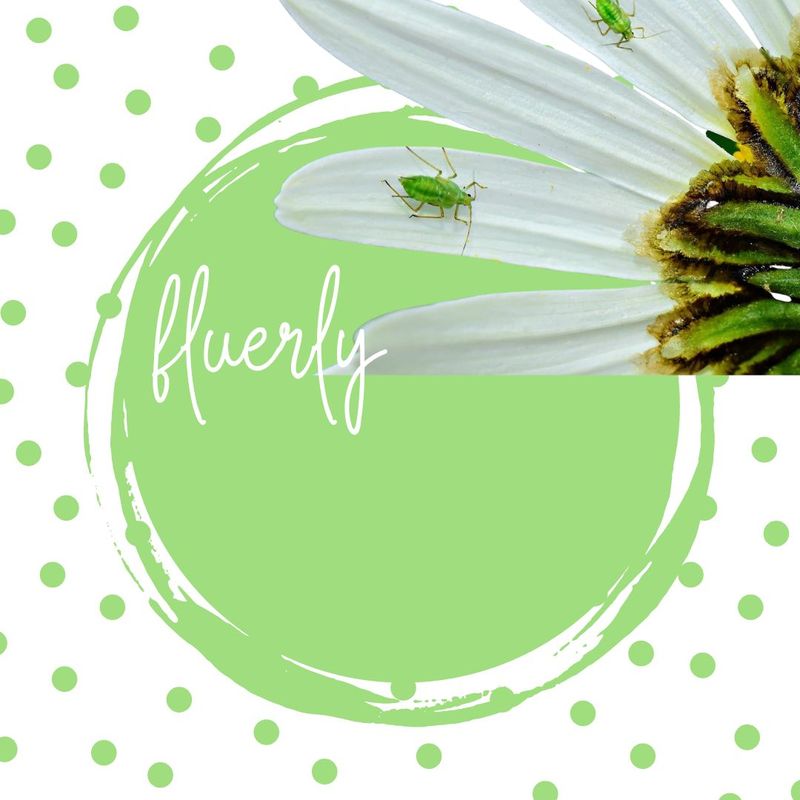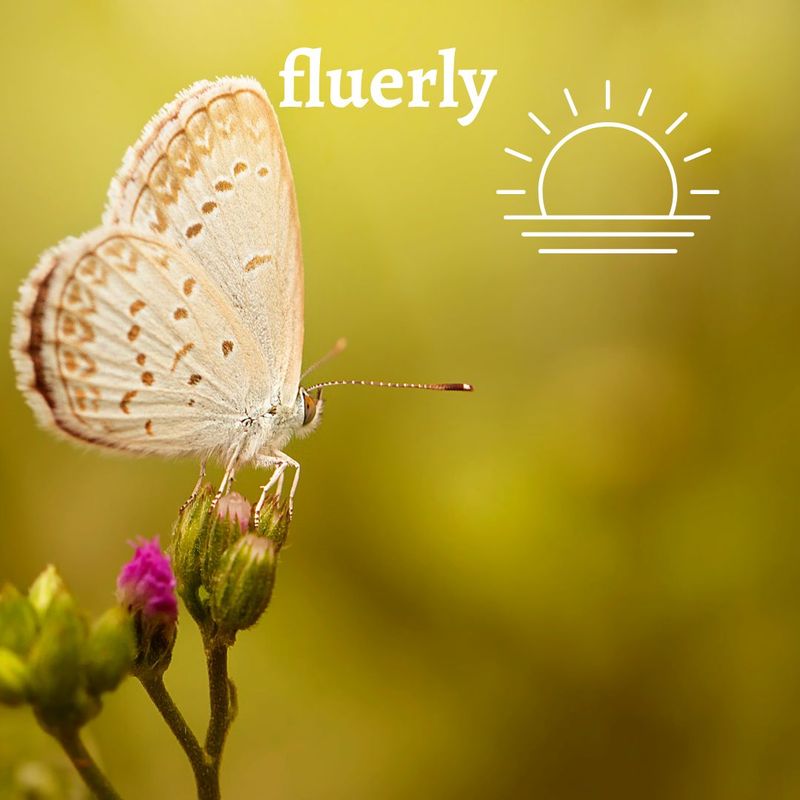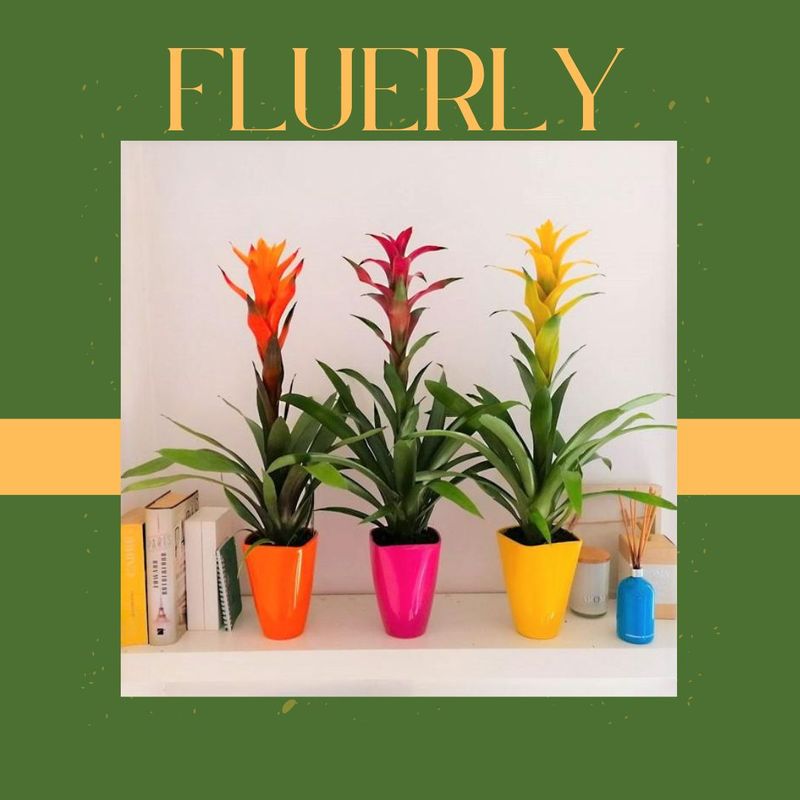They need care and attention for their proper growth. Many geranium species are easily available; you can choose the best ones for your garden. The flowers and their leaves are also used to make the environment fragrant.
You can grow them in the ground, but they look adorable in hanging baskets. These flowers attract many bugs and animals, so be careful with them. Keep reading to know more about what eats geranium flowers.
What Eats The Geranium Plants?
Budworms
They are also known as tobacco budworms, and these caterpillars eat the leaves of geranium plants. They get multiplied in days, and once their population increases, it becomes very difficult to get rid of them.
How To Identify?
Color
They can be of different colors, but the most common color is gray-brown. Their color changes according to the plant they eat.
Length
They are approximately 21 mm long and have silver spots on the body.
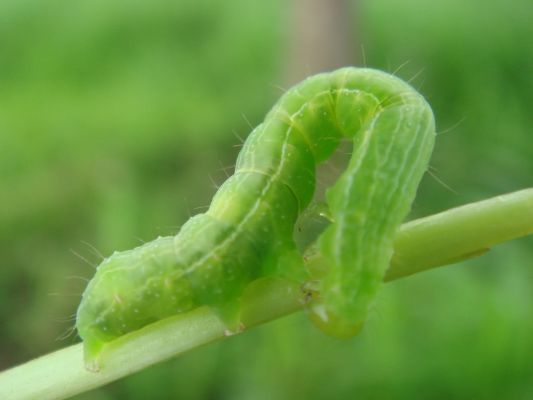
How To Stop Them?
Cut The Flowers
Hand Picking
When you look at your plant and see worms on it, you can handpick them up using gloves and put them in a basket, soap water bucket, or plastic bag. You can throw them away. Don't worry; they don't bite.
Compost
The dead budworms can be thrown in the compost. It'll be healthy for the plant's growth.
Spraying
There are many sprays available in the market, especially for caterpillars. You can spray them directly on the plant, killing the budworms.

Aphids
They are the enemies of the geranium leaves. These green flies eat the leaves in a way that the leaves get curled and become a hiding space for them. Their breeding speed is extraordinary, and you will see their quantity triple. They affect the growth of geranium plants badly.
How To Identify?
Color
They are usually green in color; that's why they are also known as green flies.
Curled Leaves
They love to hide in the curled leaves. So look for them there.
Decolourisation
The leaves color starts fading or changing due to lack of nutrition. It will tell you that your geranium plant is getting eaten.
Honeydew
If your geranium plant is affected by the aphids, then you'll know because of the sticky honeydew substance on the leaves. It then results in fungus production.

How To Stop Them?
Insecticides
You can use insecticides on your affected geranium plants to remove the green flies and get rid of them.
Water Pressure
They go away if there's extra water pressure. You can use hose pipes to water the plants with a pressure that makes the aphids fly away.
Neem Oil
You can spray some neem oil on the leaves of the geranium leaves. Aphids don't like it very much. It's a very effective method to get rid of green flies.
Sawfly
They are very dangerous for geranium plants. They lay eggs in the flower buds by sucking all the nutrition from them. They do a lot of damage to the geraniums and badly affect their growth. Baby sawflies are more harmful than adult ones.
How To Identify?
Color
They are usually gray and have brown heads. Sometimes the body gives a greenish shade also.
Slow
They can't move fast so you can see them easily. But they are lightweight and don't have a firm grip, so they fall easily on the ground.
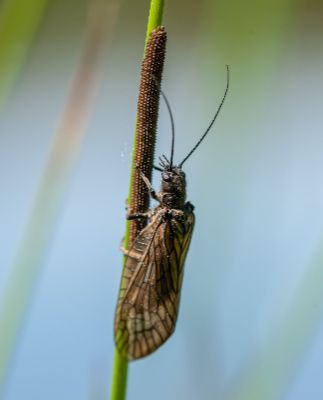
How To Stop Them?
Bird Feeding
Birds like to eat sawflies, so you can put bird feedings near your geranium plants and let them do the job for you.
Insecticides
If you're afraid that birds will also eat your geraniums, you can use insecticides to eliminate the sawflies.
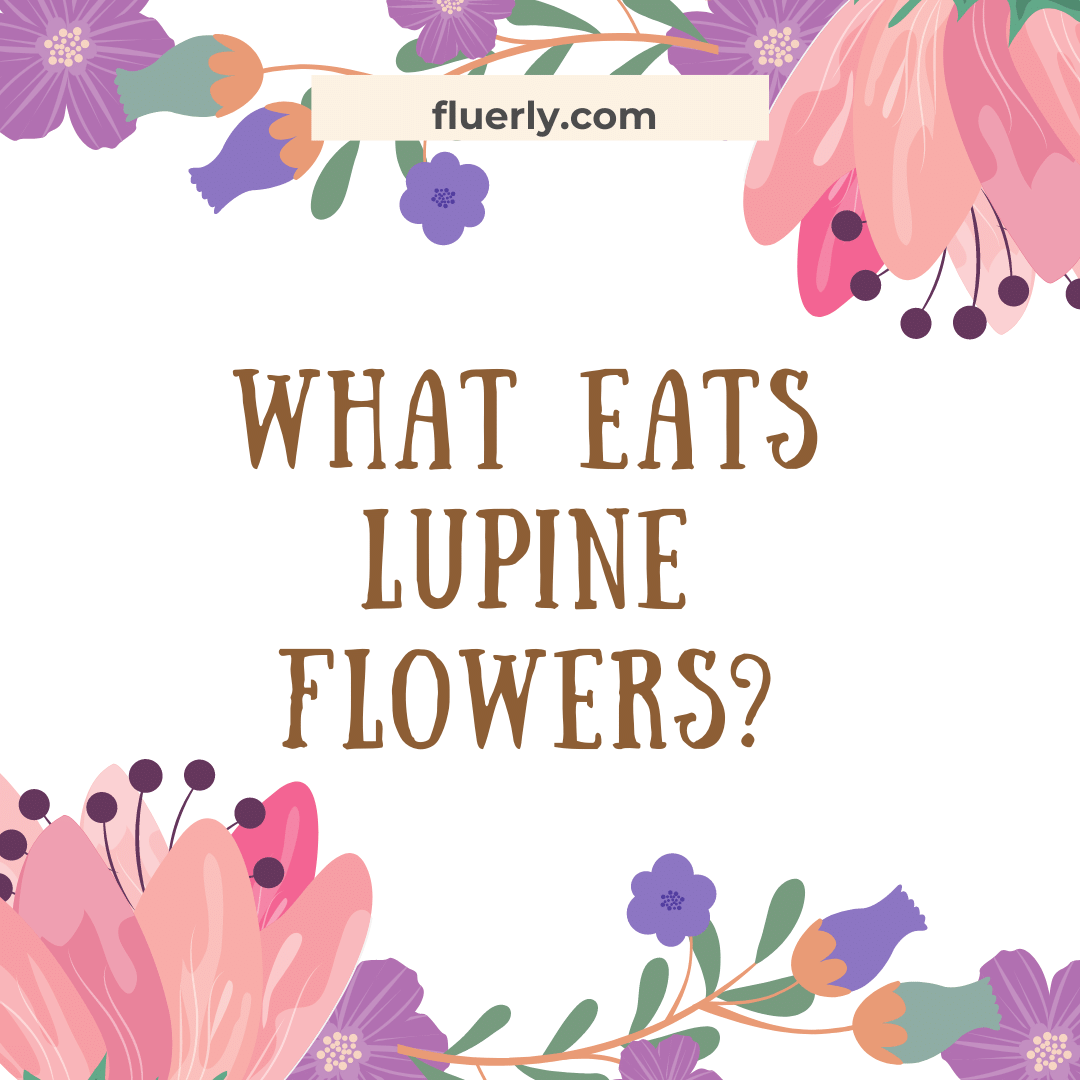
Grasshopper
The presence of a few grasshoppers won't do any severe damage, but if their population increases, then it will be a problem. They eat the geranium and attack the entire garden. They are also known as locusts.

How To Stop Them?
Pepper Sprays
You can control the locusts if you spray pepper or garlic on the leaves of the geraniums.
Japanese Beetles
They eat the leaves of the geranium plants, but it doesn't suit them. The leaves make them paralyzed, but still, they eat them.
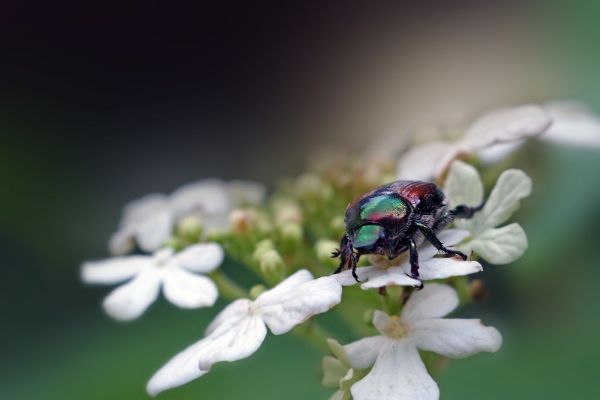
How To Stop Them?
Insecticides
They are stubborn pests, so you'll have to use a strong insecticide to get rid of them.
Rats
They don't have any favorites, but whatever attracts them, they won't spare it. It becomes very difficult to make them go away once they enter. They eat the buds and the stems, which stops the growth of the plants.

How To Stop Them?
Hurdles
You can stop the rats by creating big and firm boundaries around your geranium plants. It will save not only your garden from rats but from other animals as well.
Traps
You can use rat traps for that purpose but make sure it's allowed in your area.
Rabbits
Just like mice and rats, rabbits are also enemies of your beautiful garden. They eat not only the flowers but also damage the entire garden. They are large but move fast enough not to get caught. Geraniums are famous for their lovely fragrance, and this scent attracts many other living things as well. Rabbits are one of them.

How To Stop Them?
Boundaries
Make strong boundaries around your garden to protect the plants from animals.
Complaint
If trapping is not allowed in your area, you can complain about these rabbits to your local authorities. They'll take care of this issue.
Final Thoughts
Using pesticides should be your last resort. Try getting rid of the pests and animals using lighter methods first, but severe conditions need immediate and strong actions. Many other pests and animals, like snails, deer and cabbage loopers, etc., can be disastrous for geraniums.
But don't worry, if you keep the garden clean and maintain it regularly, nothing will happen. We hope you got the solution. Don't forget to share your experience with us.


